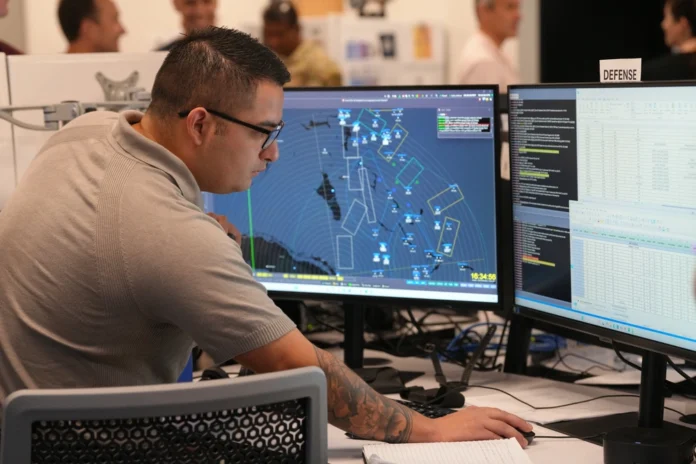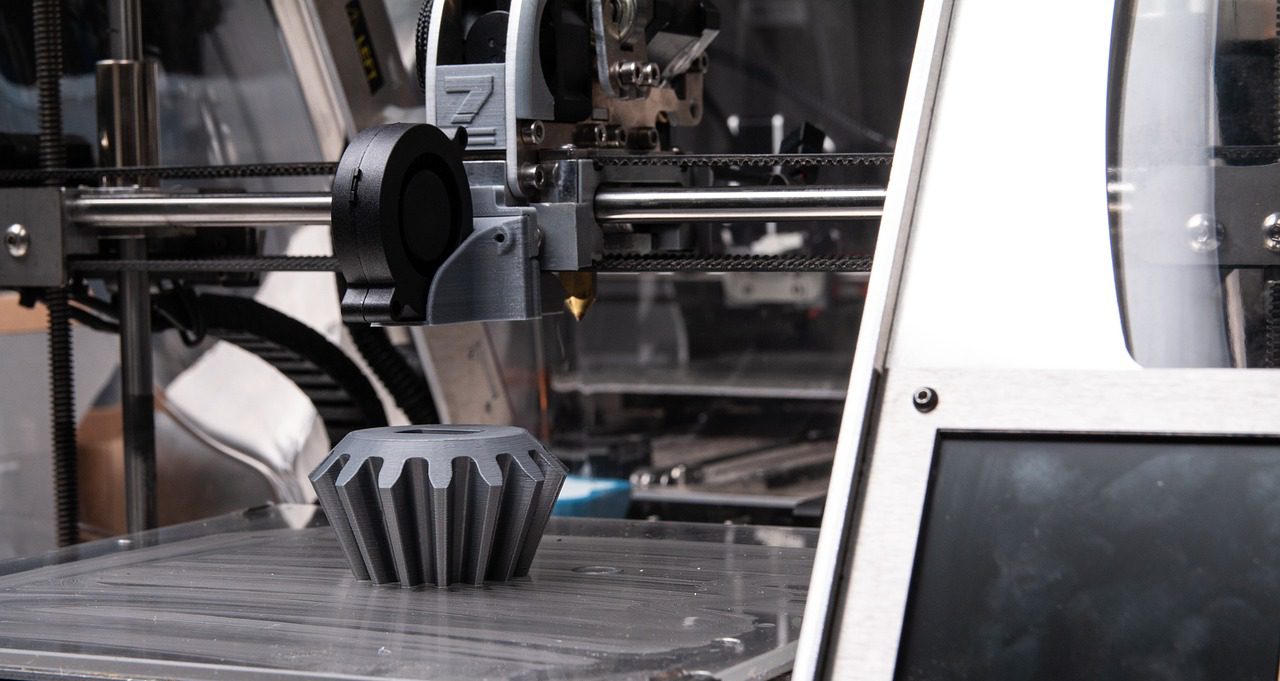This post is also available in:
 עברית (Hebrew)
עברית (Hebrew)
The U.S. Air Force has recently completed a second round of field tests aimed at evaluating how artificial intelligence can assist military decision-making in high-pressure combat environments. The recent exercise, known as DASH 2 (Decision Advantage Sprint for Human-Machine Teaming), took place in Las Vegas and focused on how AI can support commanders in rapidly evolving operational scenarios.
At the core of DASH 2 is the integration of AI into human decision-making loops—not to replace commanders, but to augment their capacity to process information and evaluate potential courses of action. Early findings suggest that AI-enabled systems can significantly outperform human-only teams in terms of speed, while maintaining comparable accuracy.
According to the press release, During the one-hour test, AI platforms from two developers generated over 6,000 options across 20 different mission scenarios. These results were delivered approximately 30 times faster than human teams could achieve on their own. More importantly, the system maintained alignment with human judgment in most cases, reinforcing the idea that AI can act as a reliable support tool.
Commanders using the system were able to assess multiple operational plans simultaneously—something not feasible in traditional planning cycles.
The trial was conducted under the guidance of the U.S. Air Force’s Advanced Battle Management System (ABMS) Cross-Functional Team, with support from the Air Force Research Laboratory, Integrated Capabilities Command, and the 805th Combat Training Squadron. Seven teams took part, including air force innovation groups and industry partners.
DASH 2 is part of a wider effort to modernize command-and-control capabilities as part of the Pentagon’s Combined Joint All-Domain Command and Control (CJADC2) initiative. The goal is to create a flexible, data-driven operational environment where machines assist—not replace—human decision-makers.
The project continues to evolve, with developers indicating that small adjustments to algorithms could further improve both speed and reliability. Future experiments will explore how AI-generated options can be refined to better highlight risks, trade-offs, and operational outcomes.

























